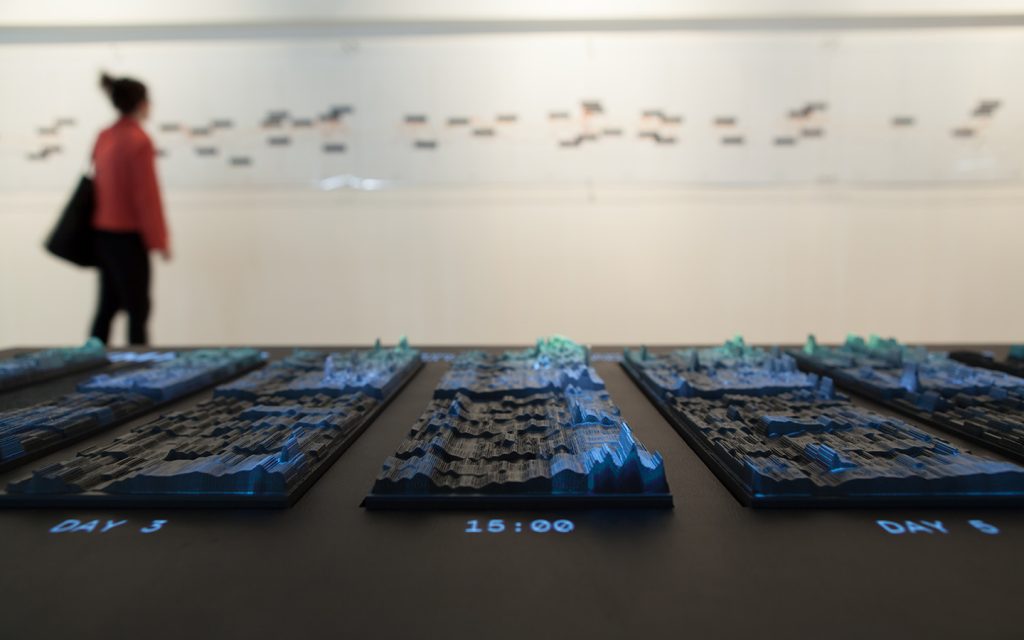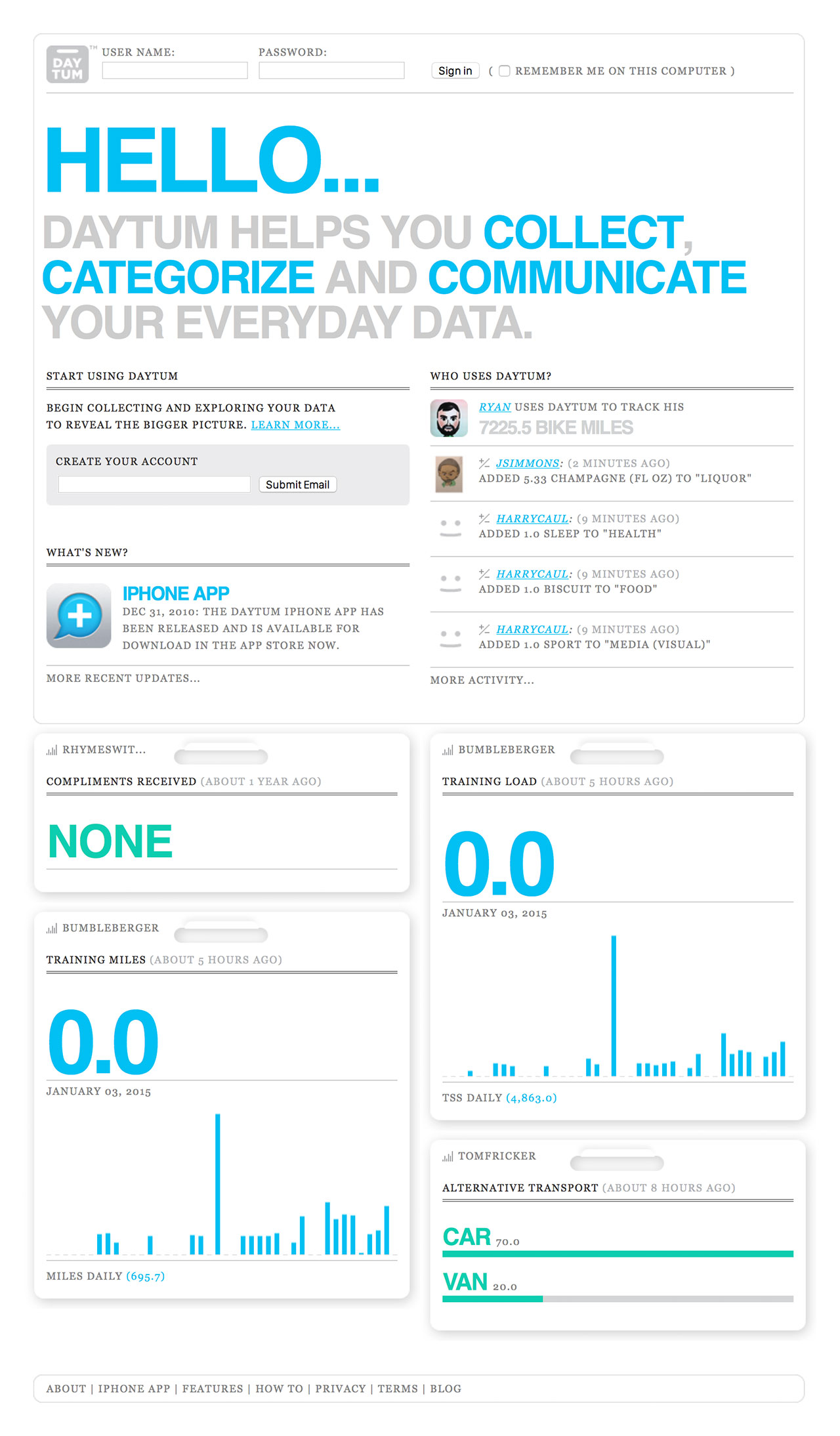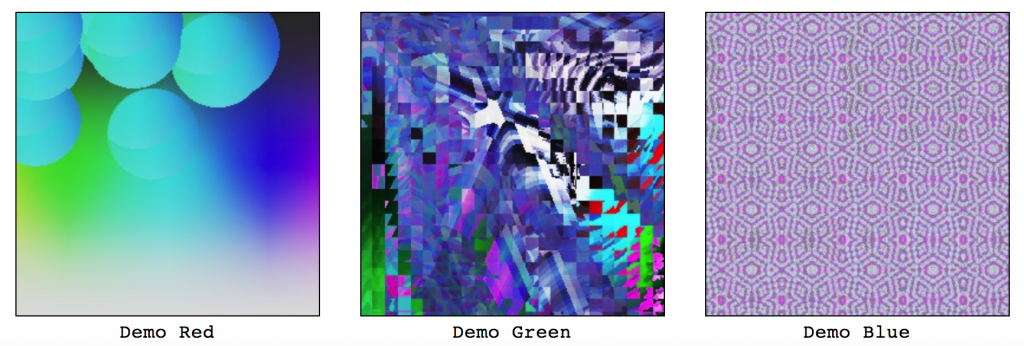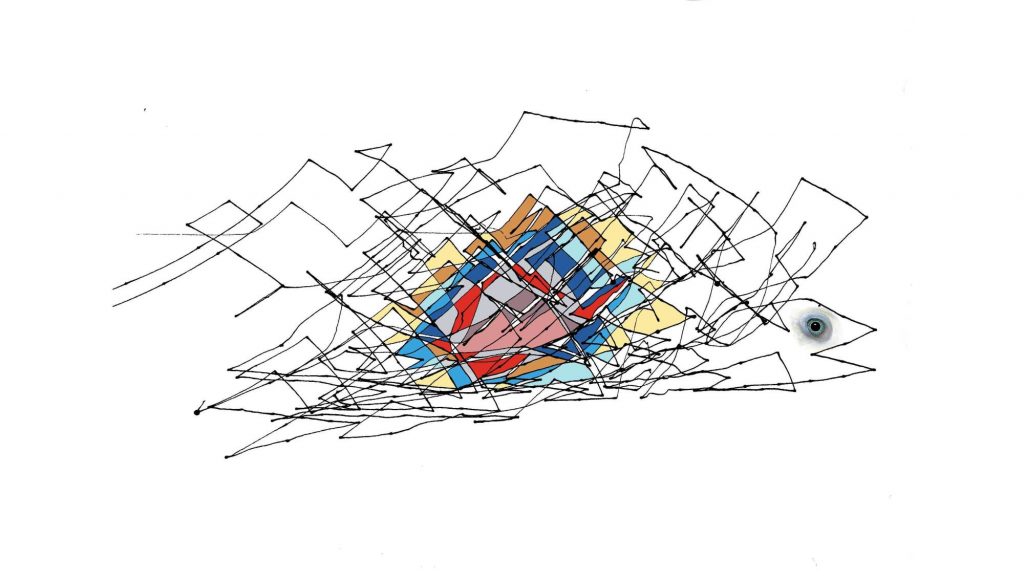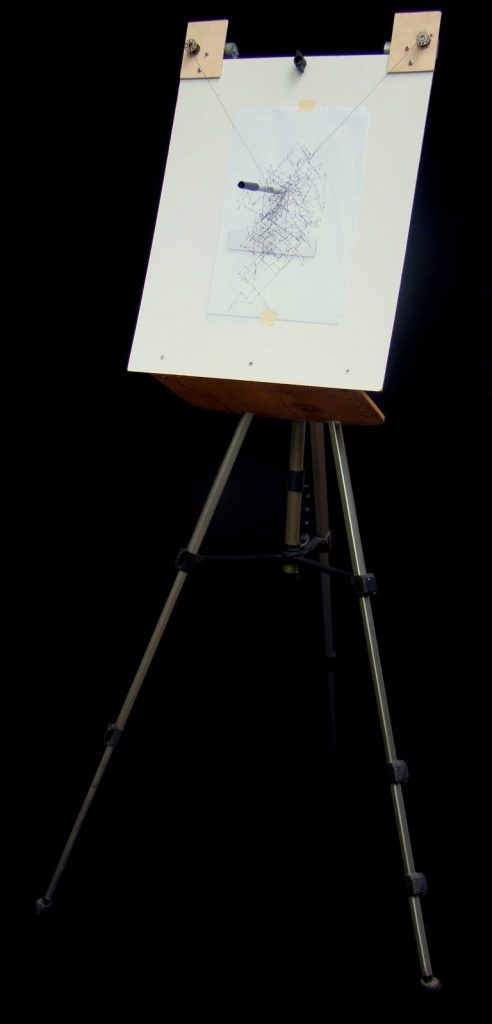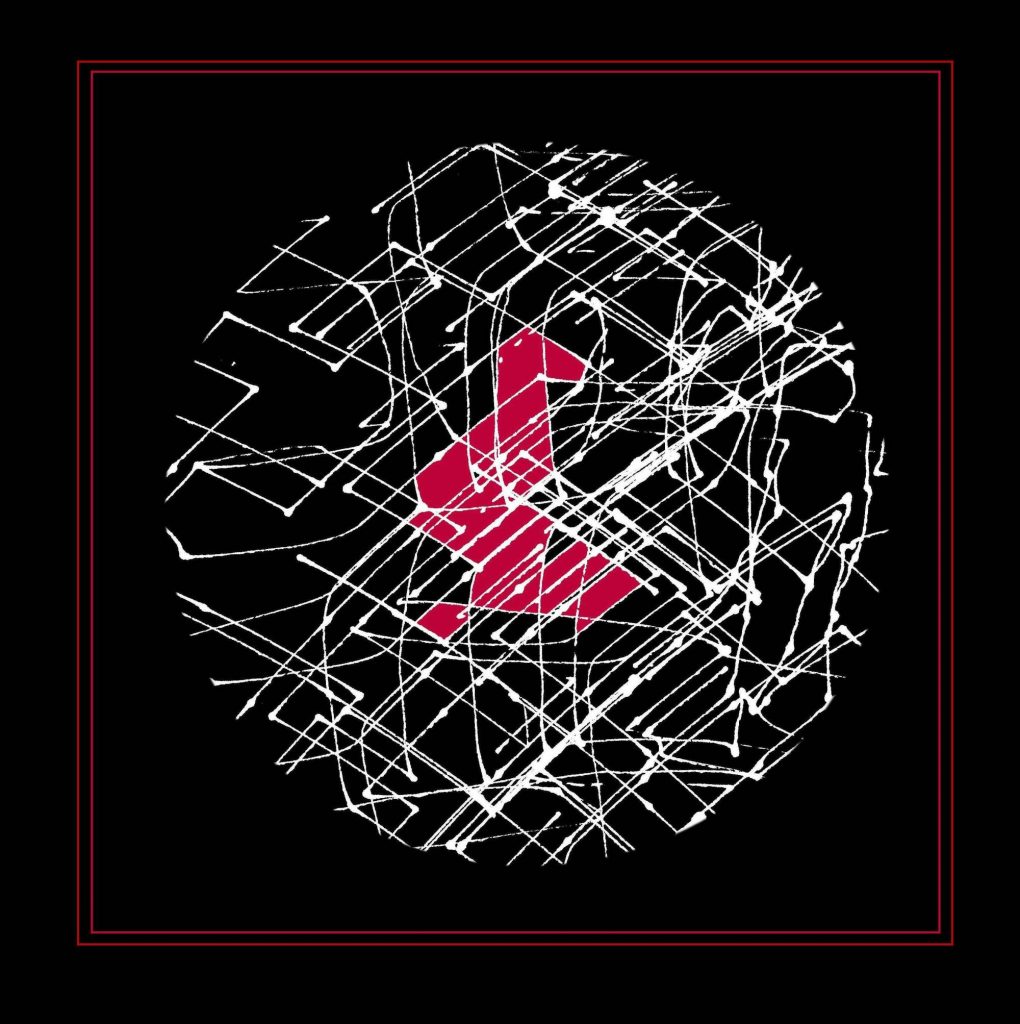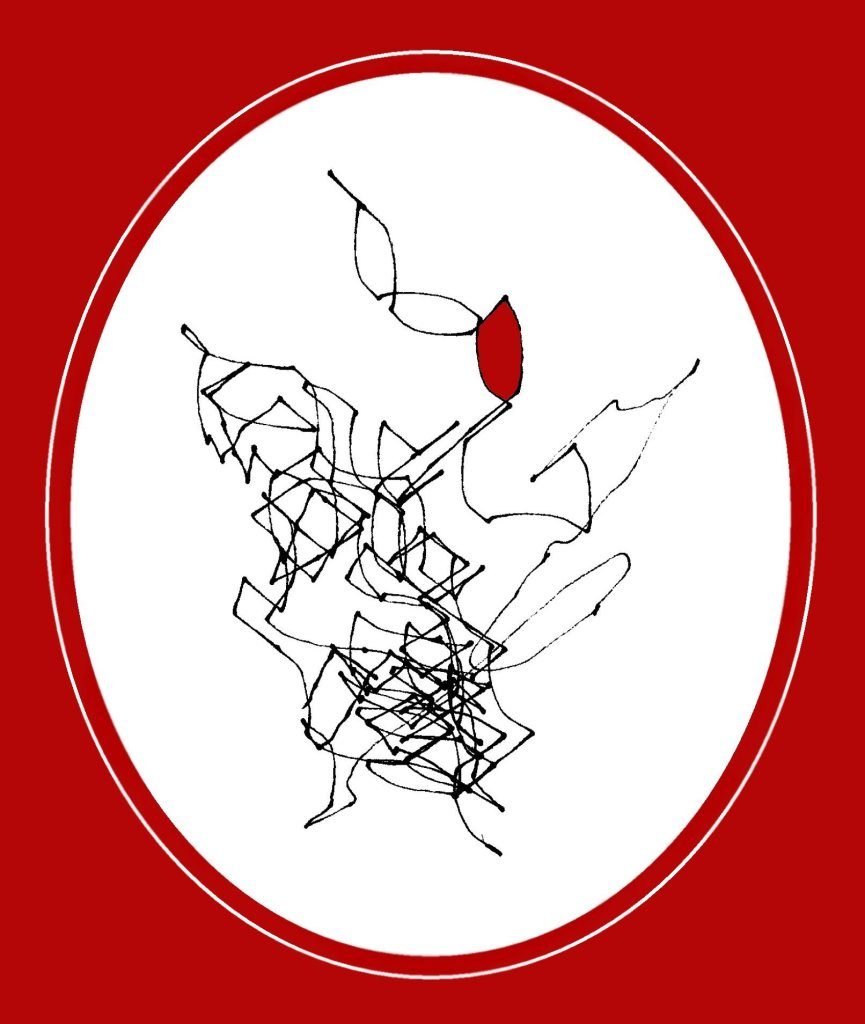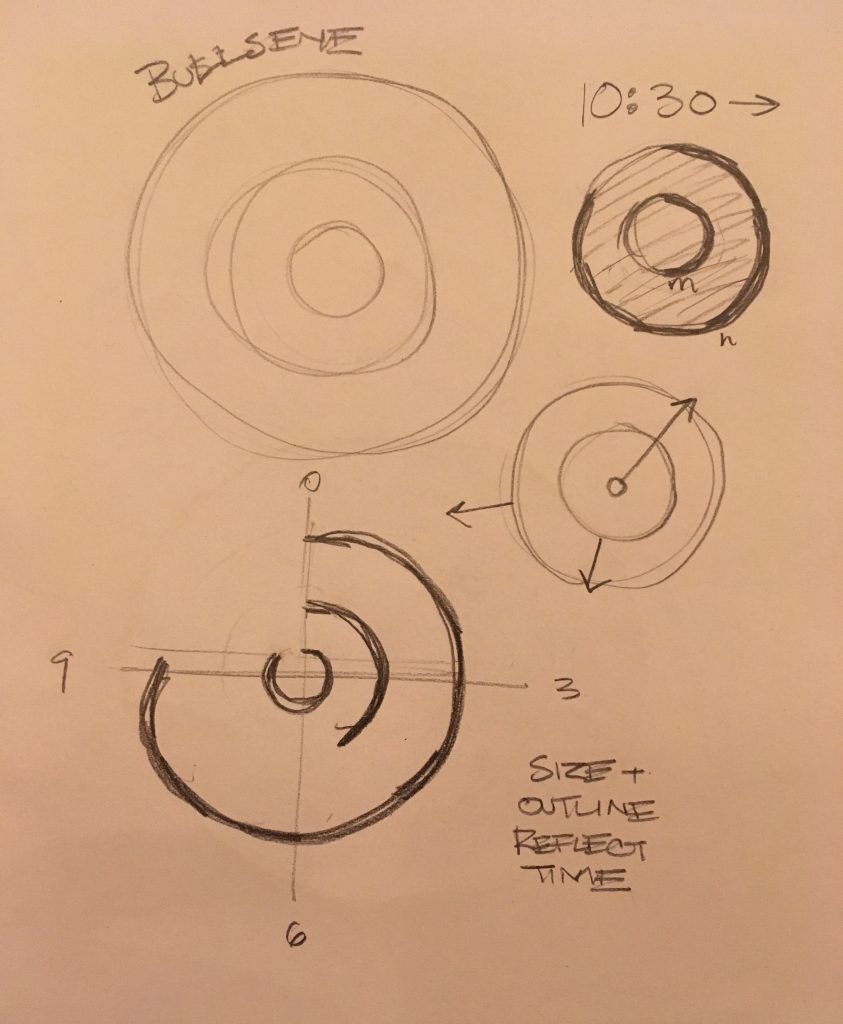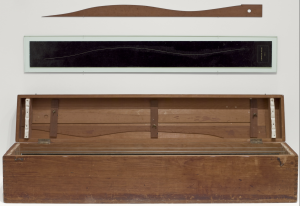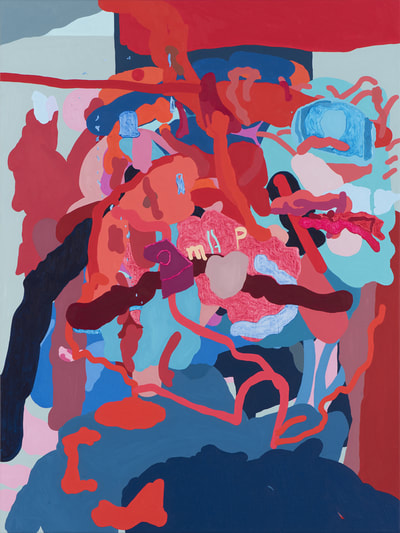For this assignment, I analyzed the project, The Hindu Temple as a Fractal of Cosmology. This is a study of recursion within architecture. The article that I am looking at specifically is looking at the patterns that the architectures of these spaces have used when making these spaces.
Specifically the author of this article comments that the manner in which these temples is using the fundamentals of parametric architecture. They use a system called “Tala” which allow them to compute dimensional analysis of proportions. The way the recursion works in verbal times is expressed through this quote:
“The layer of prahara (projection) will be above the chadya (eave of the roof). This is to be repeated again and again on the spire over the spire. A fraction of the prahara is to be constructed and again the spires are to be constructed. Each of the upper spires will be sprouted out with a measurement equal to half the size of the lower spire – Ksirarnava, 7.113”

Link to post: https://www.dataisnature.com/?p=2138
![[OLD FALL 2019] 15-104 • Introduction to Computing for Creative Practice](../../../../wp-content/uploads/2020/08/stop-banner.png)
